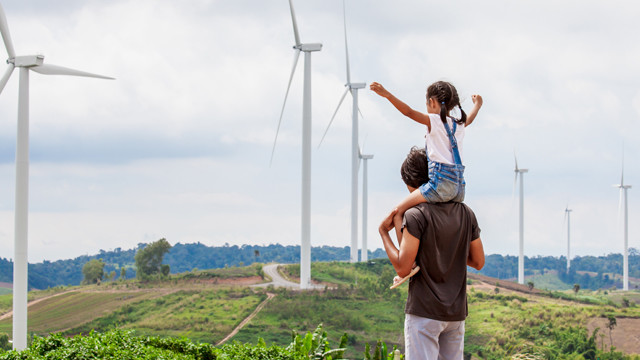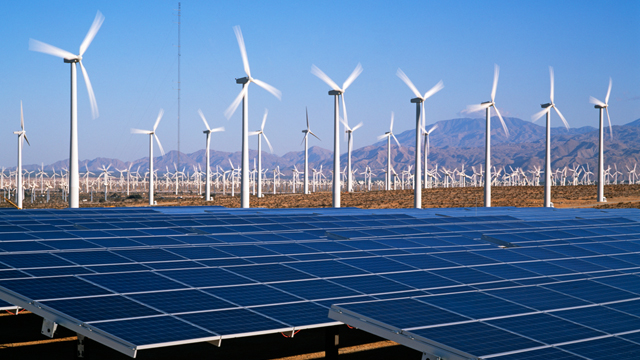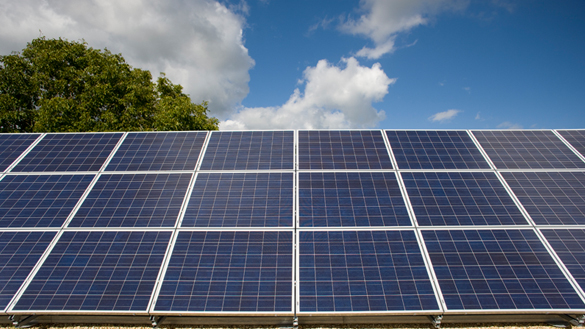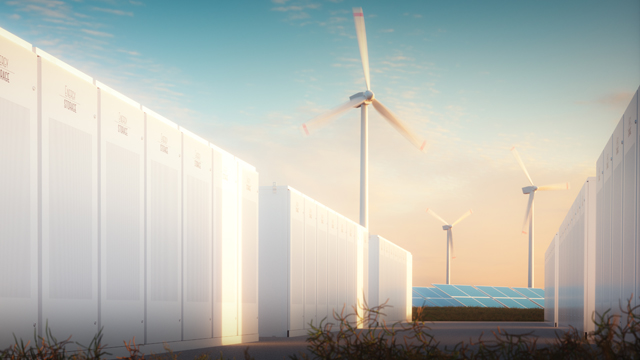
What is green energy?
And what’s the difference between green energy, renewable energy and clean energy? Often these terms are used interchangeably, but there are some differences.
One thing that green, clean and renewable energy all have in common is that they're being increasingly used to generate electricity in order to phase out the use of fossil fuels, like coal and gas, which are a key cause of climate change.
What is the definition of green energy?
Green energy is energy that can be produced using a method, and from a source, that causes no harm to the natural environment.

What’s the difference between green energy and renewable energy?
The terms ‘green energy’ and ‘renewable energy’ are often used interchangeably, but there is one essential (and sometimes confusing) difference between them. While most green energy sources are also renewable, not all renewable energy sources are considered entirely green.
Renewable energy comes from sources that are constantly and naturally renewed (hence the name), such as wind power and solar power. Renewable energy is also often called sustainable energy.
A renewable energy source may not be considered ‘green’ if, for example, some carbon emissions are associated with the processes used to generate the energy – such as the building of infrastructure.
What's the differences between green energy and clean energy?
Clean energy is energy that, when used, creates little or no greenhouse gas emissions.
As with renewable energy, some types of clean energy may not always be considered entirely green.
Here’s an easy way to differentiate between clean energy, green energy and renewable energy:
Clean energy = clean air
Green energy = no harm to the environment
Renewable energy = sources that replenish naturally, such as the sun and the wind
Last updated: 9 Aug 2023
The information in this article is intended as a factual explainer and does not necessarily reflect National Grid's strategic direction or current business activities.



